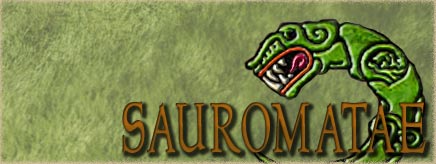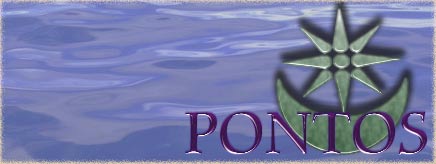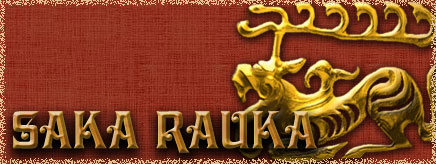
Originally Posted by
saka-rauka1

In the video he mentions that underarm depictions correlate with depiction of troops in formation. This is puzzling. Now I'll admit that correlation does not imply causation and this could be due to a third factor amongst other things, the question then is, what is the link?
really? that's not I or a few other people have found:
I'm simply not sure how the man did this: to my knowlege, it must be the opposite. I'd hate to call him a liar, but this isn't what I find; not in online pics of these depictions, not in the museum, or any books on the subject that I have (Goldsworthy included). I would seriously need pictures of the depictions he's talking about. now I went a head and looked at his videos, and he doesn't really seem to do that: he just tells you he did.
If it was
that useful then I'm sure everyone would have used a spear during the initial charge, afterall, its not an expensive weapon. Yet legionaries and earlier hastati didn't use them, amongst a myraid of other troops. Furthermore, a cavalry charge makes significant headway into a formation , so a lot more men can use their lances in a charge. I doubt as many could do so in an infantry formation, in addition, the shock value of a spear is
much greater when wielded on horseback
(nah, really?) 
.
.hastati and principes didn't fight in a phalanx, thus requiring the equipment they got.
and of course only the first few ranks could do it-then again, that's all that is required. when you have 6 or 7 people behind you, it's not surprising that the effect of the impact would be violent.
When the front ranks see that all is lost, the will drop shields and run yes? But the mid/back ranks can't see this as easily given that they are more removed from the fighting. They would continue to push, by the time it became apparent that there was a rout, the front ranks would have been slaughtered. More to the point, how easy would it be for someone in a fierce pushing match to simply turn tail and run. They would have incredibly little room, and as soon as they stop pushing, they would be bowled over.
from what I understand, the rout would have begun once the front rankers were killed/pushed back, and a gap as a result was opened. so why are you worried about them? and who said the people further back wouldn't necessarily know? eyes aren't alone (and in all the dust and confusion, they were useless): sounds, and the pushing from the front of men trying to haul it/the enemy moving forward, etc, would have been enough to send a message to the rear, and if they broke down, to run for the hills. the rest of what I said follows. so no, I wasn't specifically talking about any rank of soldiers-just hoplites in general when they have routed.
it does have an interesting implication though, now that you brought it up: it would mean the first to start running would be the rear-most ranks, not the front. explains why leaders tended to meet the great pie in the sky first in some of these battles-they'd have lead from the front.
This has been my point from the get-go.
ok......






 Reply With Quote
Reply With Quote









 .
.

Bookmarks